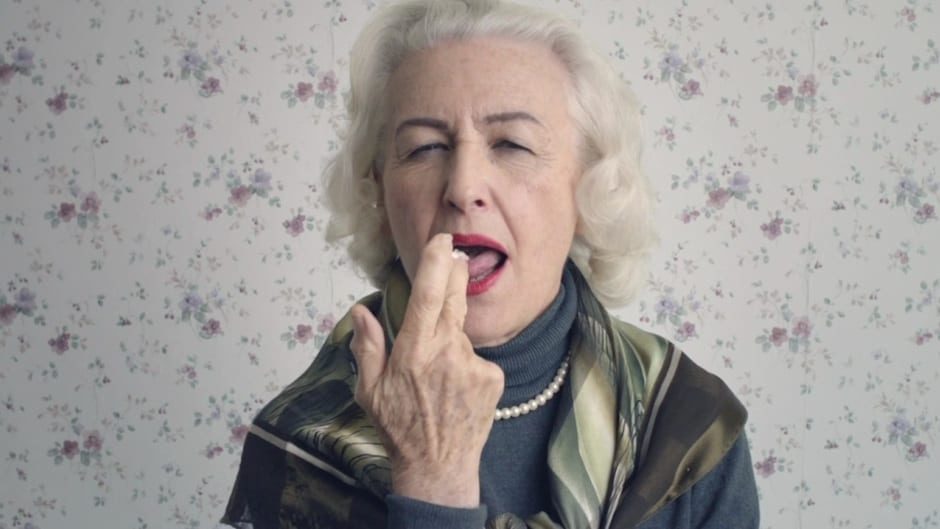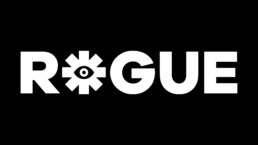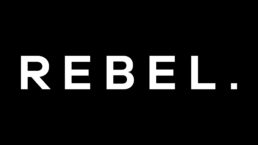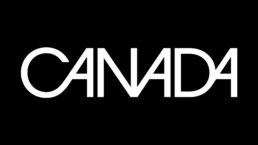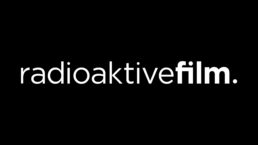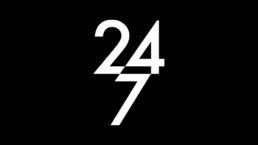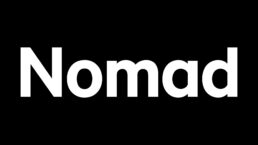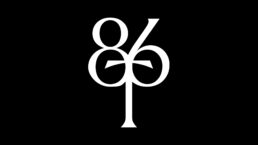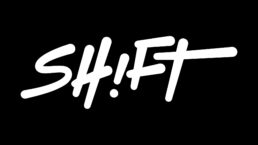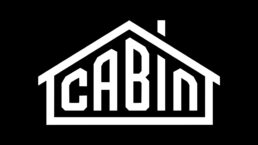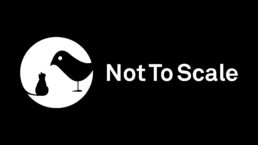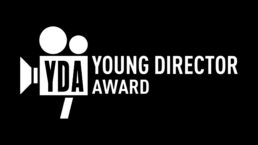Please tell us about the process of editing down the footage to get these vignettes of different characters?
Leila and Damien de Blinkk take big beautiful ideas and weave magic and spontaneity into the British zeitgeist in a truly original form.
The problem in the case of the Scottish Widows concept was how to untangle a 60-second commercial from the 40 hours of pictures and 6 hours of interviews.
The agency brief was to shoot non actors from the breadth of human life, and by the third day of eight production days I was starting to get a little worried, knowing just how bloody diverse human life can be, and how much the DOP, Benjamin Krakun, likes to shoot it! As per usual, my plea to “make sure the cameras are turned off every now and then”, fell on deaf ears.
So do you prefer a tight script or yards, perhaps miles, of footage to play with?
Most of us are aware of the pros and cons of this style of shooting; it delivers a lot of freedom to the right kind of editor. For me, having freedom and the chance to put one’s personality on an edit and sound is the real joy – the: ‘Here’s a ton of stuff, now go and figure out what to do with it please!’ approach.
Although the old school, ‘shoot the boards with no more than the necessary takes,’ has it’s benefits too, especially if the script is so solid that not much more is required. You can see it on the page and think, this makes sense and is going to be good.
Hitchcock, whose personal comments on life can be heard at the beginning of the main TVC, famously shot absolutely no more than was necessary, to restrict the control that David O. Selznik and the studio execs had over final cut in the early 40s. The way Hitchcock shot it meant there was only one obvious way to piece the film together and his vision remained in tact, not on the cutting room floor.
How did you adhere to the core message?
With the creative freedom this film gave me, I had one major concern – how do you construct a film that encourages safety and security for those who don’t necessarily have their future mapped out?
I can’t say I have thought about retirement in any great detail, and as far as looking into the future goes, the best I managed to do today was book my outbound flight for skiing in two months time! The idea was not to panic the audience, not to turn Scottish Widows into the voice of doom, but to show how people can feel liberated because they’ve made plans for the future. We all know that guilt buying and selling is extremely off-putting and makes enemies out of companies that want you to trust them. In this case 101 Creative Director, Simon Schmitt got it right with, “Life feels better when you have a plan.”
What were the major challenges of the edit?
Over eight days, the two crews chased after 20 separate groups of characters and shot the classic Scottish Widow in the studio. The concept was to cut a 60 second TVC and six-character based online films. These were important, as these would provide the real back-story for the main TVC. Without these, no matter how beautiful the main spot was, the TVC would be left floating about in the ad break ether with other ‘lifestyle’ commercials where ‘real’ people live in a saccharine music world, making lonely girls and boys blub for Britain.
The usual time constraints meant that my assistant editor, Chris Roebuck, was brought on board and under scrutiny, cut three of the online films. Our brief was to avoid the obvious clichés and, thankfully, our client was behind us. A bold move as this was a rebrand with a large media spend, which could have led to a lot of nervousness and endless re-edits. With this bravery in mind, our shot selection for the films was not necessarily about looking for what would fit into the usual advertising mold; a perfect smile, a slick hand gesture, the blink of an eye. Instead, we wanted moments from the usual strangeness of everyday life. Things you would notice and ponder, if you were walking down the street.
As I watched and listened to the many different characters in great detail, it gave me the opportunity to get to know and like them, which in turn gave them the best chance to be accurately and honestly translated in the edit and because of this, each of the online films present the real essence of these characters.
Forty hours to six hours, six hours to one hour, and then we had a three minute film, all aided by the Walter Murch method of sticking up stills of all the set ups from the rushes. I was lucky enough to spend two weeks shadowing the great editor and sound designer in 2002, while he was working on Cold Mountain, and got to see this method first hand. I really must put that Friso Kramer drawing table to use soon!
Was it a smooth collaboration to winning client approval?
By the time we showed the Scottish Widows Marketing Director an over length cut we were already happy, and with the help of Blinkk and 101 we cut it down to 60 seconds, losing many beautiful but ultimately useless shots . . . “The leaves are just boring in this shot. This shot wants to be uncomfortably long! Le chien la, vraiment? YES!!!”
Our initial music choice was sadly defenestrated by the client, and after pitching out to some very special musicians; we came up with a new plan for the main TVC and 2 brilliant composers for the online films. For the online films I asked for stems, and with audio from the shoot I cut, sliced, spliced and had a lot of fun, although it was exhausting work – extensive on some (Mehdi’s story) and minimal on others (Vincent’s story) – each character demanded it.
Then there we were, waiting for client approval… Which thanks to work behind the scenes by 101 was incredibly smooth. 46 hours to 9 short films, a great team, great job and a great chance to book another holiday… Ghana, I think.


